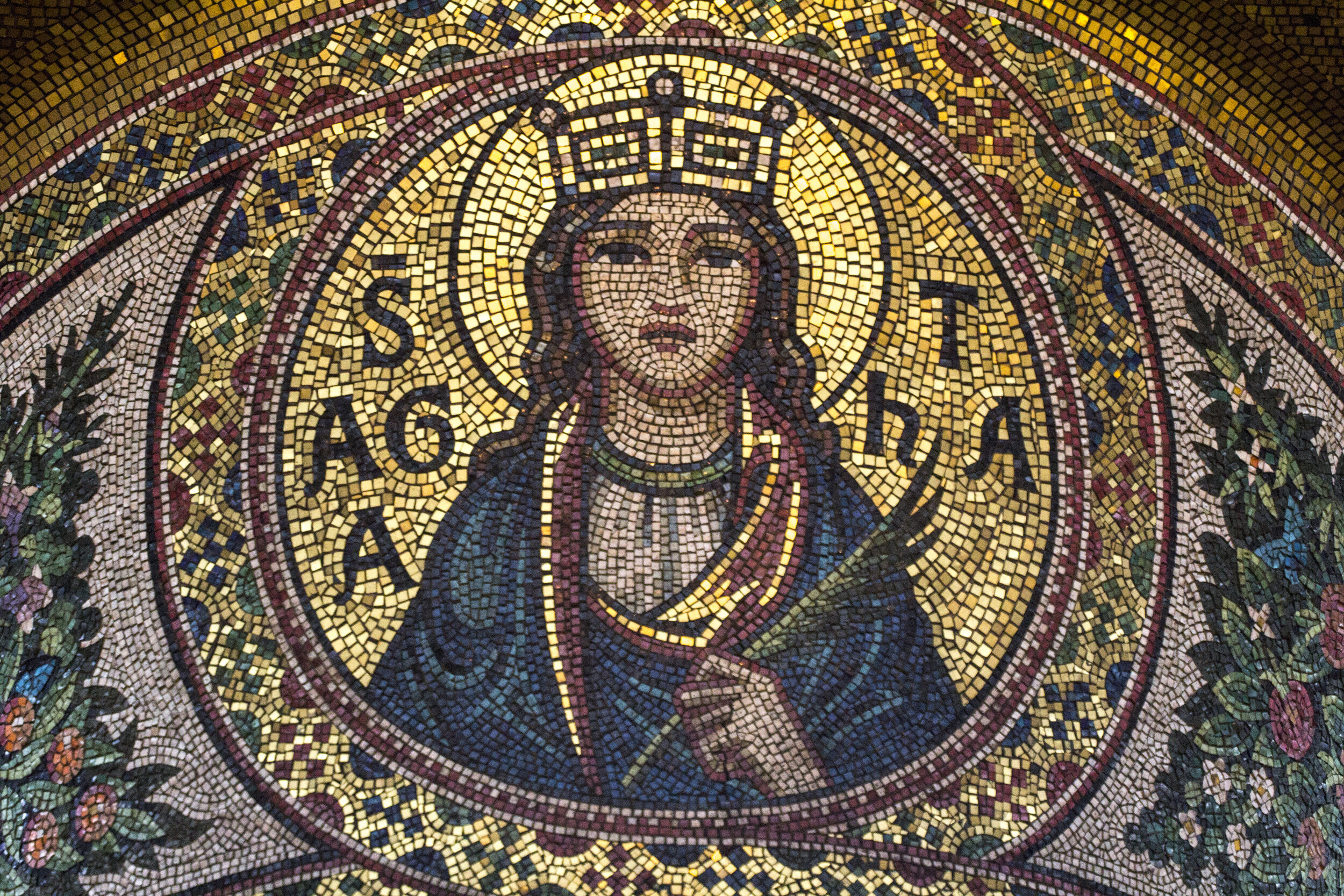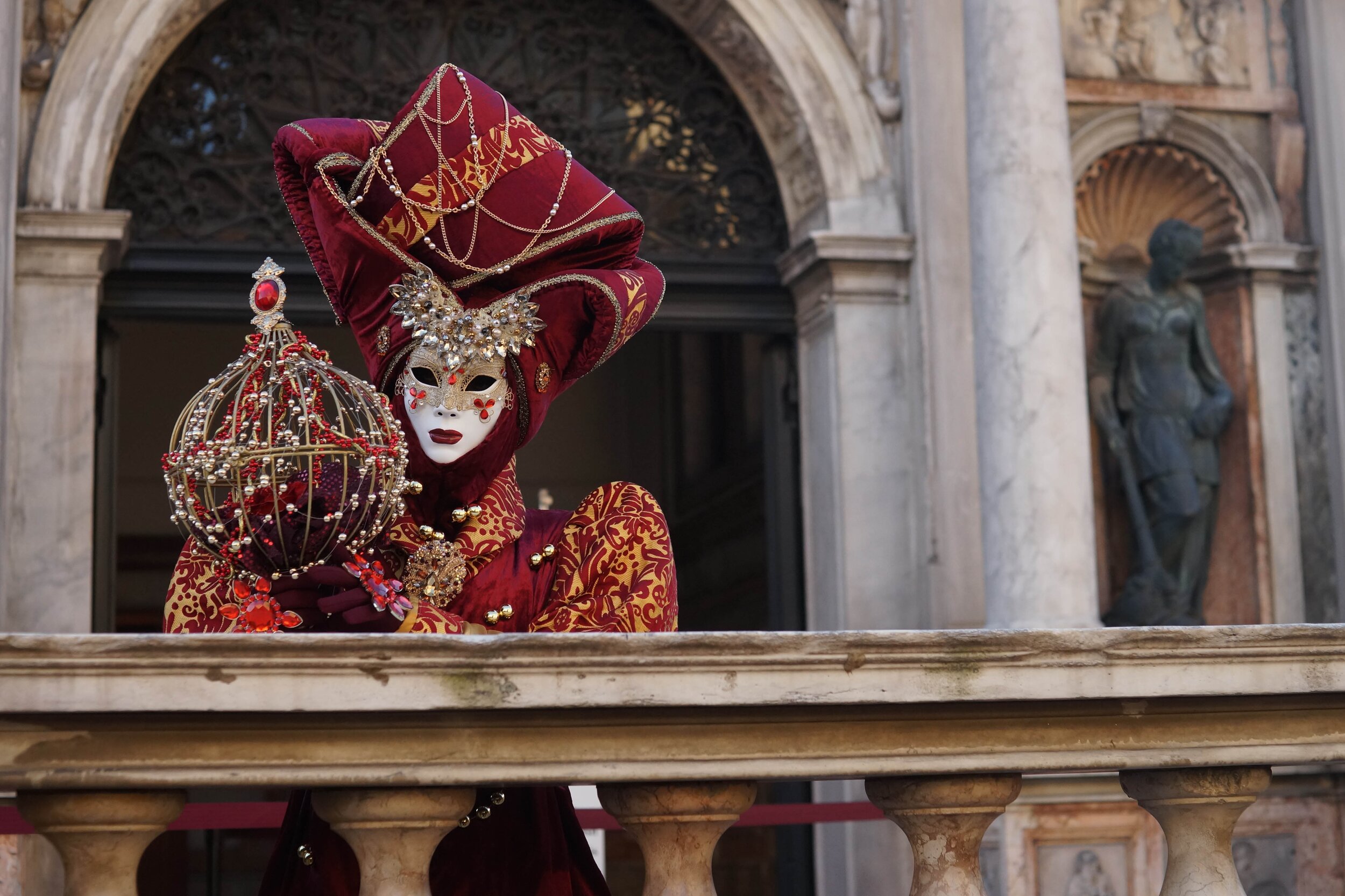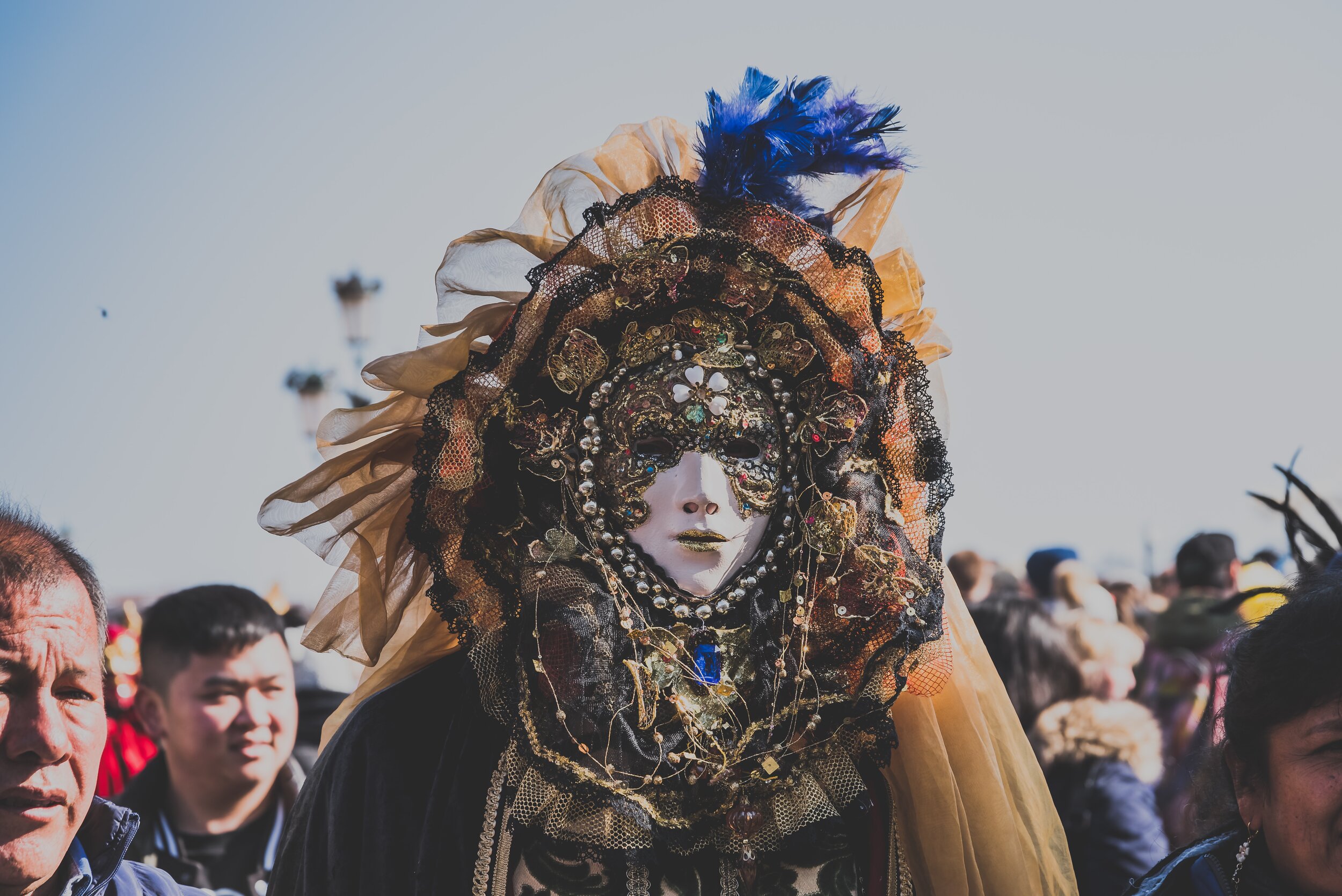February Festivities in Italy: What to Expect
As the new year begins and winter comes to an end, there is much to look forward to! Specifically, February is a celebratory time for citizens of Italy. While Christmas celebrations come to a close, major celebrations quickly follow and are held throughout this special country.
Why is February a great time to visit? Besides the lesser amount of crowds, visitors will also enjoy the cooler temperature, compared to Italy’s summer heat. Due to the nicer weather, Rome’s historical neighborhoods, like Trastevere, the Jewish Ghetto, and Vatican City are very enjoyable to walk through!
Is Italy on your bucket list?
Mark your calendars as you read about four important Italian festivities happening in February:
Saint Biagio Day
Although it isn’t considered a major holiday in Italy, it’s tradition to “eat leftover panettone with a glass of wine” on Saint Biagio Day, who is the saint of the throat (Bakerjian). By partaking in this tradition, participants will therefore be able to bless their own throats and health. In religious practices, it is common to see priests bless each person with a pair of unlit candles around the throat, which is said to protect them during the new year.
Feast Day of Saint Agatha
A two-day procession is held February 3-5, 2020 to honor the patron saint of Catania, Sicily - Saint Agatha. It’s estimated that almost a million people visit and honor this Sicilian martyr, who died at the age of 15 (Fabio). Catania truly does take this time to admire and reflect its patron saint!
Carnevale
Considered one of the most important festivals in Rome, and other areas in Italy, is the eight-day-long festival called Carnevale, which would be compared to the United States’ version of Mardi Gras (Renzulli). This celebration leads up to Lent, a religious observation of fasting and prayer. Various events are held throughout the cities, including Rome and its major piazzas (public squares). Rome’s emphasis on Carnevale is much more artistic, theatrical, and colorful now, compared to the competitive nature it held decades ago. Specifically, the Piazza del Popolo in Rome, features exciting horse parades and shows during Carnevale!
Cities celebrate by dressing up in costumes and masks, and feature their neighborhoods in lights and confetti which creates a unique atmosphere. Besides costumes and decorations, you can expect to see many parades, balls, parties, and entertainment, as well as mischief and pranks among children. It’s no surprise that it is one of the “most colorful celebrations in the world” (Bezzone)!
Costumes and masks became a fixture of the celebratory event during the early Renaissance, and the popular masquerade balls were introduced during the 15th century (Bezzone). There are plenty of vendors in public squares in the cities who will paint faces of visitors with color and glitter at modest prices, so there’s no need to worry if you’ve forgotten your mask!
The term, “carnevale,” comes from the Latin expression, “carnem levare”, meaning “taking away meat” (Bezzone). This expression is connected to Ash Wednesday, which is the day when Lent begins, and people stop eating meat. Origins of Carnevale date back to the Roman Saturnalia, which celebrated the honor of the new year. From a religious background, Carnevale represents one last moment of indulgence before Lent and celebrates a new beginning and new birth, such as springtime and Easter (Bezzone). Carnevale became popular because it allowed the upper and lower class to do and say whatever they felt to one another since their identities were hidden, and for the lower class to mingle without feeling like they were being ridiculed.
Carnevale comes 40 days before Easter, so the date changes each year, although the most elaborate cities, such as Venice and Viareggio, host Carnevale celebrations that last for weeks (Bakerjian)! No matter where you might visit in Italy during the month of February, Carnevale is celebrated all over in various ways!
Valentine’s Day
Similar to the United States, February 14th is no ordinary day in Italy. Valentine’s is the Feast Day of Saint Valentine, “a Roman priest who lived in Rome in the 3rd century” and supposedly “married Christian couples in secret” (Renzulli). Though there is uncertainty of who Saint Valentine actually is, the day is still celebrated because of the legends people have heard for years.
Valentines was initially the Spring Festival in Italy, where people would gather in gardens or parks and enjoy music and poetry, however, this tradition hasn’t been celebrated for centuries (St Valentine's Day). Now, it can also be considered an imported holiday, like the U.S., or a reason to show one’s love through gifts and quality time. In Italy today, people continue to celebrate by giving and receiving flowers, sweets, and cards. Another popular gift to receive is “Baci Perugina - a small, chocolate-covered hazelnuts containing a small slip of paper with a romantic poetic quote in four languages” (St Valentine's Day).
Italy is such a vibrant and passionate country, and we hope you’ve enjoyed our insight into its festivities this winter. Events, such as the Carnevale, are definitely not ones that you want to miss! Not to mention, many of the post-holiday sales continue all the way to Holy Week so you might be able to get some great deals on souvenirs!
Intrigued with Italy and want to explore with students and fellow teachers? Visit our webpage to learn more about designing a custom program that’s perfect for your school and students! We’ll get in touch with you faster than you can say “Ciao”!
Sources
Bakerjian, Martha. “February Festivals and Holiday Events in Italy.” TripSavvy. June 26, 2019.
Bezzone, Francesca. “The History of Carnevale and some of Italy’s best Parades.” Life in Italy. March 2, 2019.
Fabio, Michelle. “Feast of Saint Agatha in Catania, Sicily.” Italy Magazine. February 2, 2009.
Renzulli, Melanie. “Celebrating Carnevale, Lent, and Valentine's Day in Rome.” TripSavvy. June 26, 2019.
St Valentine's Day. “Valentine’s Day in Italy.” St. Valentines Day. Society for the Confluence of Festivals in India.









